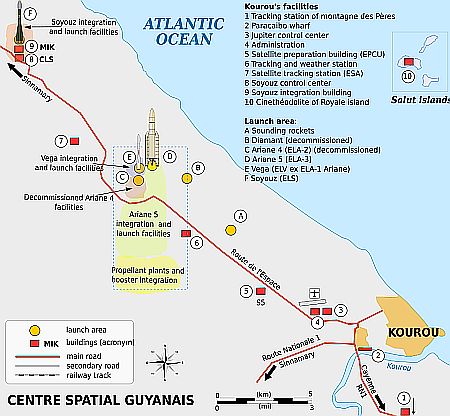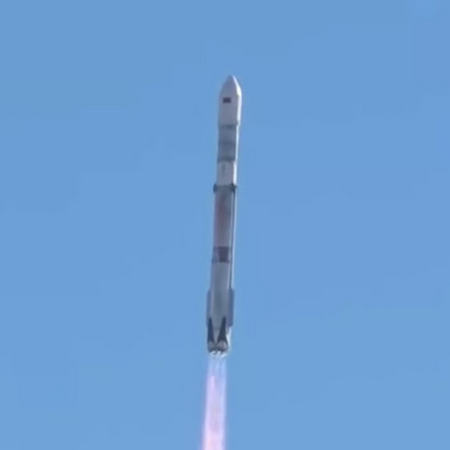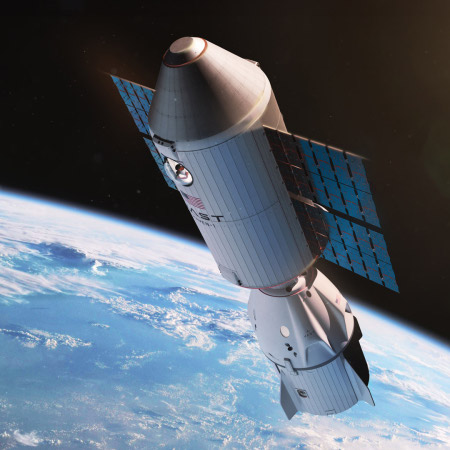Airbus signs China’s Qianfan or Spacesail constellation to provide internet on its airplanes
In what is a major coup for one of China’s planned large constellations, Airbus yesterday agreed to use the Qianfan or Spacesail constellation to provide Wi-Fi service on its airplanes.
At a satellite internet industry ecology conference in east China’s Shanghai on Thursday, Airbus signed a market cooperation agreement on the satellite internet service with Shanghai Spacesail Technologies Co., Ltd. The Spacesail Constellation will provide high-speed, low-latency broadband satellite services via the high-speed connectivity system on aircraft, enhancing the in-flight experience for passengers.
The two parties will also work together to meet the needs of airlines, and promote the development of intelligent, personalized services based on low-orbit broadband communication technology.
Starsail is a direct competitor to Starlink. China has so far launched 119 satellites out of a planned first phase constellation of 648. Later phases could increase the constellation to as many as 10,000 satellites.
It seems puzzling why Airbus went with this Chinese constellation, rather than either Starlink or Amazon’s Leo (formerly Kuiper). Starlink is far more developed, while Leo has more satellites in orbit (154 to 119) than Spacesail. And both are private companies from the capitalistic west, not pseudo-companies controlled by the Chinese communists.
Maybe this deal is preliminary to a major purchase of Airbus airplanes by China. China wanted its system on those planes, and so Airbus agreed to go along.
Regardless, this deal tells us that this Chinese internet constellation is going to be a major competitor to both Starlink and Leo.
In what is a major coup for one of China’s planned large constellations, Airbus yesterday agreed to use the Qianfan or Spacesail constellation to provide Wi-Fi service on its airplanes.
At a satellite internet industry ecology conference in east China’s Shanghai on Thursday, Airbus signed a market cooperation agreement on the satellite internet service with Shanghai Spacesail Technologies Co., Ltd. The Spacesail Constellation will provide high-speed, low-latency broadband satellite services via the high-speed connectivity system on aircraft, enhancing the in-flight experience for passengers.
The two parties will also work together to meet the needs of airlines, and promote the development of intelligent, personalized services based on low-orbit broadband communication technology.
Starsail is a direct competitor to Starlink. China has so far launched 119 satellites out of a planned first phase constellation of 648. Later phases could increase the constellation to as many as 10,000 satellites.
It seems puzzling why Airbus went with this Chinese constellation, rather than either Starlink or Amazon’s Leo (formerly Kuiper). Starlink is far more developed, while Leo has more satellites in orbit (154 to 119) than Spacesail. And both are private companies from the capitalistic west, not pseudo-companies controlled by the Chinese communists.
Maybe this deal is preliminary to a major purchase of Airbus airplanes by China. China wanted its system on those planes, and so Airbus agreed to go along.
Regardless, this deal tells us that this Chinese internet constellation is going to be a major competitor to both Starlink and Leo.













